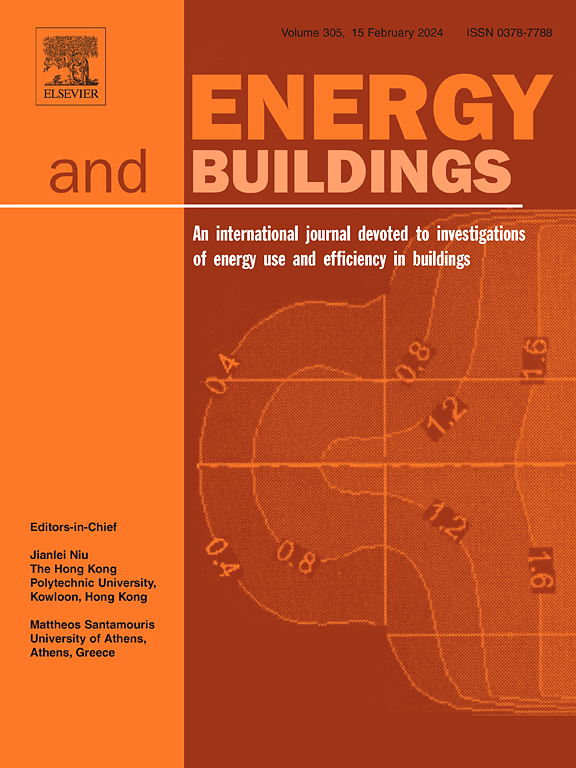Cost-optimal dimensioning of hybrid heat pump systems utilizing waste heat from hydrogen production for a kindergarten in cold climate
IF 6.6
2区 工程技术
Q1 CONSTRUCTION & BUILDING TECHNOLOGY
引用次数: 0
Abstract
The growing need for environmentally-friendly energy solutions encourages the integration of various renewable energy sources in buildings. District heating (DH) systems, widely applied in northern and central European countries, are efficient in transforming and integrating renewable energy sources in large-scale energy systems. With the growth of hydrogen (H2) production, there is great potential for utilizing H2 production excess heat. However, the cost-optimal dimensioning of hybrid heat pump systems considering H2 production excess heat is still in its infancy. This study examined the cost-optimal dimensioning of energy systems based on the 25-year life cycle cost (LCC). Two types of heat pumps, ground source heat pump (GSHP) and air-to-water heat pump (A2WHP) equipped with photovoltaic (PV) panels have been used in tandem with a DH system to provide heat to a kindergarten in the Nordic region. The comparison included two DH tariffs: the commercial DH prices from a DH company and the zero-emission DH price derived from waste heat generated during H2 production. The results found that the GSHP with PV and waste heat from H2 production has the lowest LCC. The utilization of H2 production waste heat can decrease up to 10 % of HP dimensioning because of a lower DH price in the heating season.
求助全文
约1分钟内获得全文
求助全文
来源期刊

Energy and Buildings
工程技术-工程:土木
CiteScore
12.70
自引率
11.90%
发文量
863
审稿时长
38 days
期刊介绍:
An international journal devoted to investigations of energy use and efficiency in buildings
Energy and Buildings is an international journal publishing articles with explicit links to energy use in buildings. The aim is to present new research results, and new proven practice aimed at reducing the energy needs of a building and improving indoor environment quality.
 求助内容:
求助内容: 应助结果提醒方式:
应助结果提醒方式:


